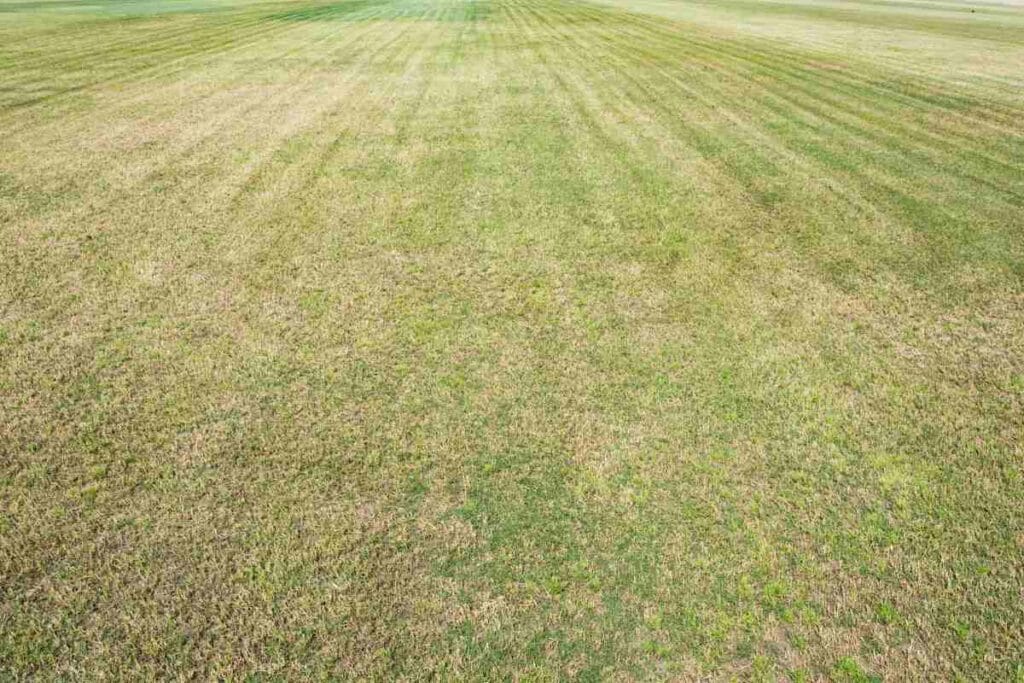How to Protect Your Lawn from Austin’s Freezing Temperatures
By Innovation Grounds
Austin, Texas, is known for its warm weather, but during the winter months, freezing temperatures can unexpectedly threaten your lush lawn. While these cold snaps aren’t as frequent or severe as in other parts of the country, they can still cause significant damage to your grass if you’re unprepared. Fortunately, there are several strategies you can implement to protect your lawn from the freeze and ensure it bounces back once temperatures rise. In this blog, we’ll cover essential lawn care tips to safeguard your Austin yard from winter’s chill.
1. Understand the Austin Climate and Freezing Risk
Although Austin typically experiences mild winters, the occasional cold front can dip temperatures below freezing, putting your lawn at risk. These freezes usually happen from December through February, with temperatures ranging from 20°F to 32°F. Grass types commonly found in Austin, like Bermuda and Zoysia, are more susceptible to frost and ice damage during these cold snaps, while cool-season grasses such as Fescue handle the chill better.
Being aware of upcoming cold fronts can give you the time you need to prepare. Local weather apps, or even a garden center’s winter advisory, can alert you to freezing temperatures, allowing you to take action to protect your lawn from the freeze.
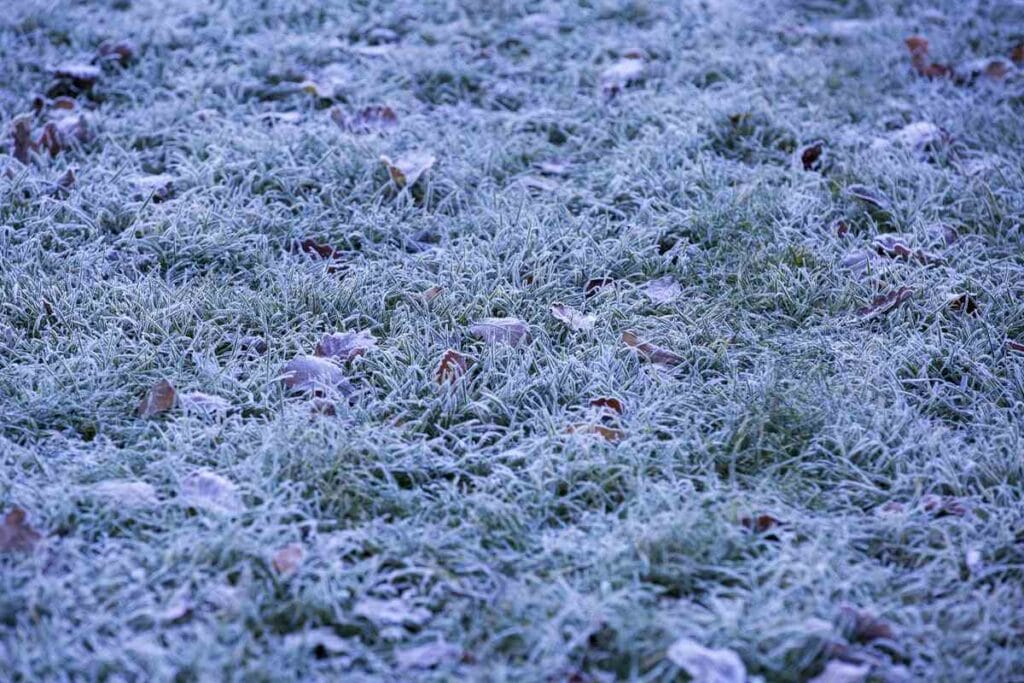
2. Mow Your Lawn Before the Freeze
One of the most straightforward Austin winter landscaping tips is to mow your lawn before a freeze. Cutting the grass to a shorter height—about 2 inches—helps minimize the surface area exposed to frost and reduces the risk of disease. However, avoid mowing too late into the season, as cutting grass too short or right before a deep freeze can shock the lawn, making it more vulnerable to frost damage.
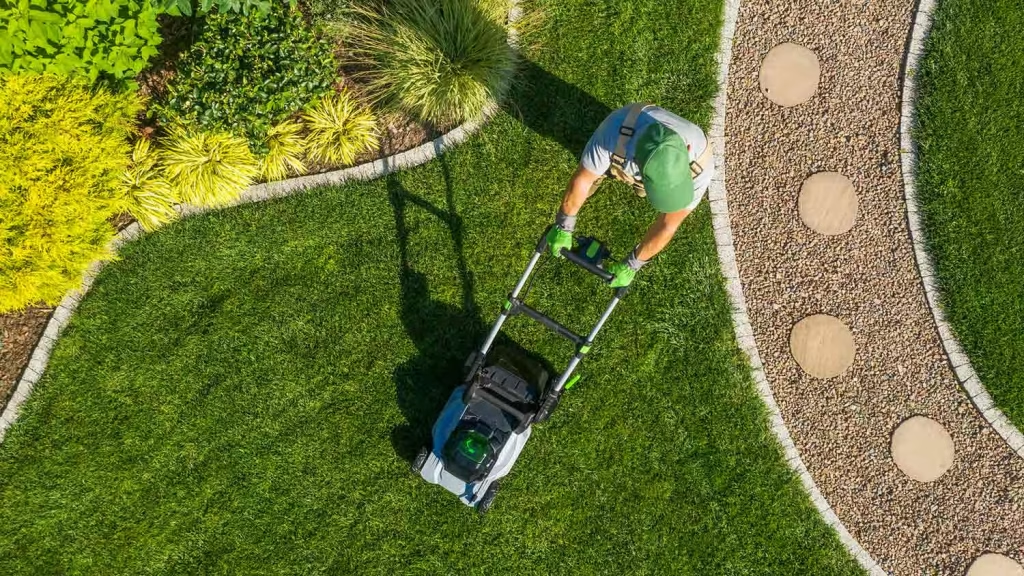
3. Water Your Lawn Properly
It may seem counterintuitive, but watering your lawn properly before a freeze is crucial to protecting it. A well-hydrated lawn is better equipped to endure cold weather. Watering deeply in the days leading up to freezing temperatures helps keep the soil moist, which provides insulation to the roots. Aim to water early in the day, as this allows the moisture to settle in and be absorbed before nightfall. Avoid watering in the evening, as water left on the grass overnight can freeze and cause further damage.
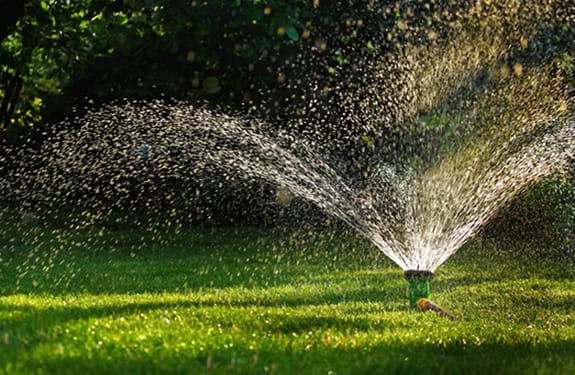
4. Use a Lawn Blanket or Frost Cloth
If a hard freeze is expected, one of the best ways to protect your lawn from freeze damage is to cover it with a protective blanket or frost cloth. These coverings help trap heat close to the ground and prevent frost from settling on your grass. Make sure to use breathable materials like burlap, frost cloth, or specialized lawn covers to prevent your grass from suffocating under plastic. Be sure to remove the covers once the temperatures rise to prevent mold growth.
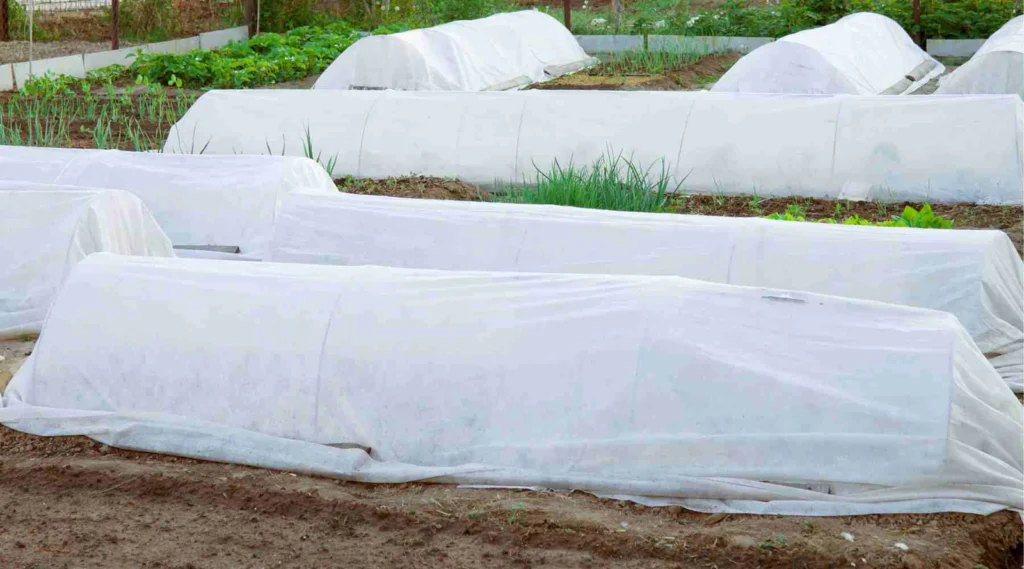
5. Avoid Foot Traffic on Frozen Grass
Frozen grass is incredibly delicate, and walking on it when it’s frozen can cause irreversible damage. Foot traffic can crush the grass, breaking cell walls and leading to brown, patchy spots. If temperatures are expected to dip below freezing, try to stay off your lawn until the thaw. This simple lawn care tip can make a big difference in maintaining a healthy, vibrant yard come springtime.
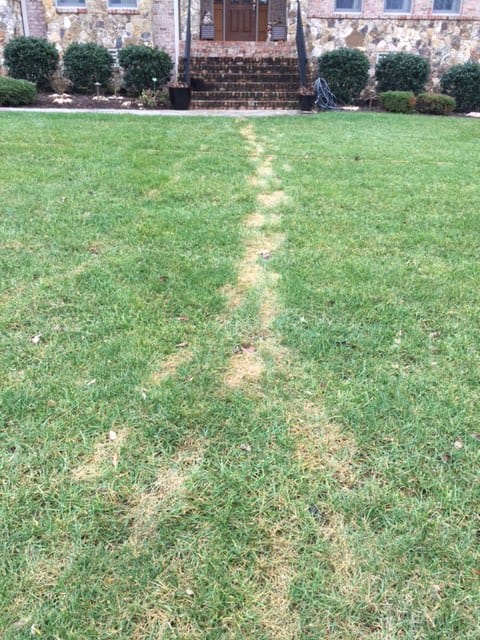
6. Fertilize in Late Fall
Fertilizing your lawn in late fall, just before the first freeze, can give it a boost in preparing for winter. Use a slow-release fertilizer that provides nutrients gradually over the colder months. This encourages root growth and helps the grass build up the necessary stores to survive through the winter. However, avoid fertilizing during or right before freezing temperatures, as it could encourage growth at the wrong time.
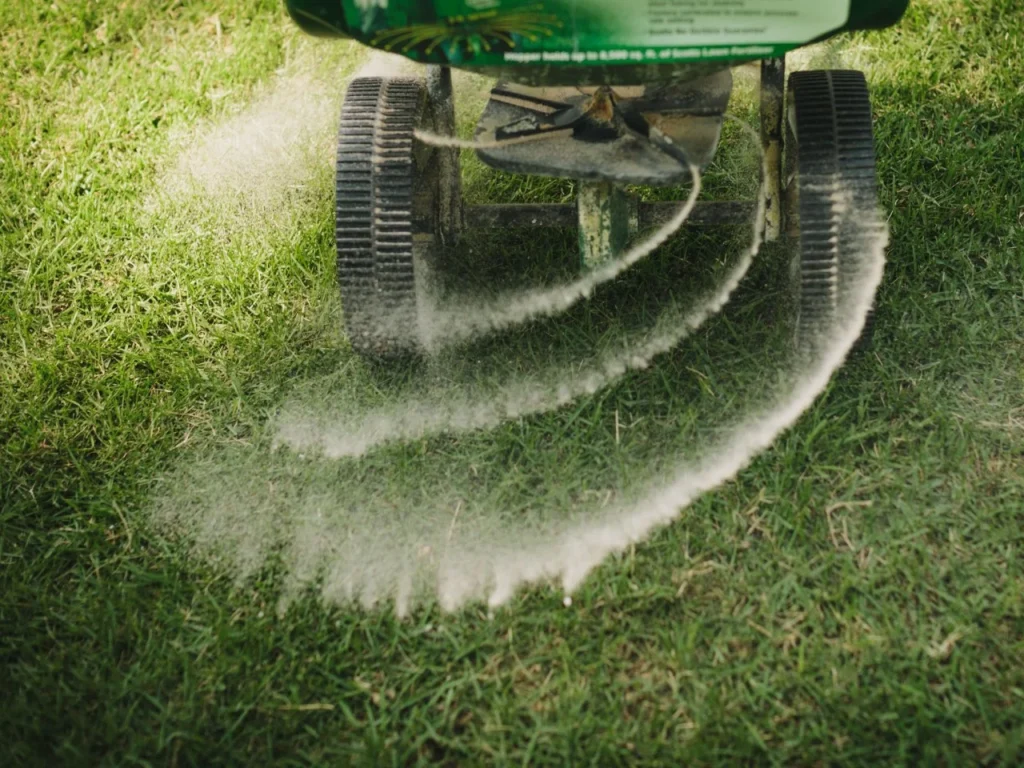
7. Rethink Lawn Care During the Cold Months
During the winter months, your lawn’s needs decrease, and it goes into a dormant phase. Austin winter landscaping should involve reducing mowing frequency, skipping fertilizing, and avoiding the use of herbicides or pesticides. The focus should be on protecting the lawn from freeze, not stimulating growth.
8. Seed Your Lawn in Early Spring
Once the weather warms up and the threat of freezing temperatures passes, early spring is a good time to reseed any damaged patches of your lawn. Bermuda, Zoysia, or St. Augustine grass can be overseeded to help fill in areas that may have been affected by the freeze. Make sure to wait until the soil temperature rises above 60°F to ensure successful germination.
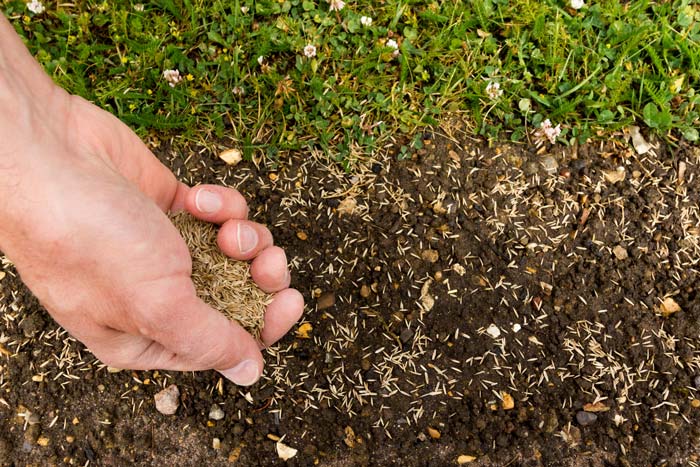
Conclusion
Protecting your lawn from freezing temperatures in Austin requires proactive preparation and care. By mowing before a freeze, watering properly, covering your lawn during extreme cold, and following key lawn care tips, you can help your grass survive the chill and thrive when warmer weather returns. Stay vigilant, and your Austin lawn will remain healthy and green through the winter months, ready to grow strong as spring approaches.


